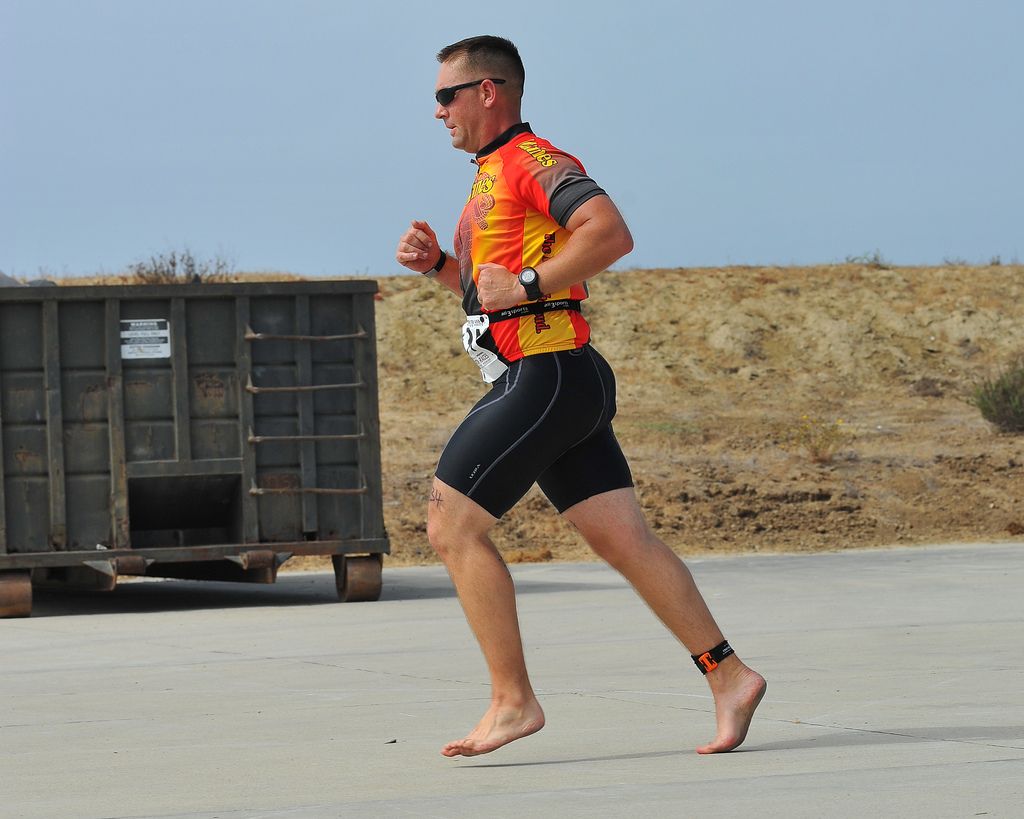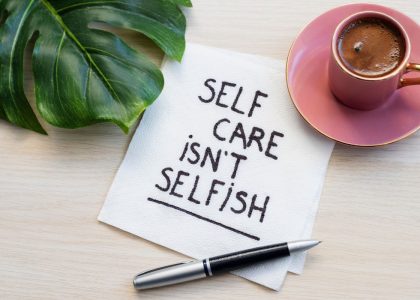Running barefoot has been going on for centuries. Even as the use of shoes emerged, in lots of forms and types, the original intention was protection, not comfort or padding. The concept of shoes had nothing to do with padding and proper running support. Those that are proponents of barefoot running claim that the body has evolved over many thousands of years to run not using shoes.
Barefoot Running is Trendy but Is it Actually Better?
Some experts and professional runners theorize humans run most efficiently and with the proper technique only when barefoot. Often times outdoor personal trainers will encourage their clients to run and exercise barefoot. When running or making similar lateral movements barefoot, the strike from the foot usually lands at the forefront and after that works its way to the heel when using muscles to alleviate the force. When using modern shoes the strike of each and every step concentrates to the heel which puts plenty of stress on the two muscles and bones.
BAREFOOT RUNNING FACT 1: It takes time
It takes some time to switch to long distance barefoot running. Don’t expect you’ll take your shoes off and suddenly be able to run a marathon in a short time span. In fact, you could have trouble running around the block initially. Getting adjusted to barefoot running isn’t any easy feat (no pun intended) while made to re-train the way you run. When running in shoes, the heel is commonly employed to absorb shock; whereas running barefoot has a dominant standby time with the forefoot. The heel strike kind of running provides less cushioning and may make the runner at risk of knee injuries, shin splints, and hamstring injuries. Whereas a mid-foot strike (holistic when running barefoot) provides more shock absorption and cuts down on the risk of injury. The barefoot running learning curve may be a slow process, but evidence implies that it can be really worth the effort.
BAREFOOT RUNNING FACT 2: It can fix your step and stride
Scientists have discovered that people who run barefoot, or perhaps minimal footwear, have a tendency to avoid striking their heels and instead land the middle of their feet or on the ball. These runners avoid hurtful and potentially damaging impacts, equivalent to two or three times your body weight than normal heel-strikers repeatedly experience. By landing around the middle or front of the foot, runners have minimal impact collision, a lot less than most runners generate whenever they heel-strike. Most people today think barefoot running is dangerous and hurts, but actually, it is possible to run barefoot about the world’s hardest surfaces with no slightest discomfort. All you need is a few calluses in order to avoid roughing up the skin of the foot. Therefore, it may be less dangerous as opposed to the way many people run in shoes.
Cautions:
BAREFOOT RUNNING FACT 3: It’s not for everyone
Barefoot running is probably not for everyone and there is something to be aware of. You need to be cautious when running on the roads. Thick-soled shoes are a lot more forgiving when running over glass, sharp objects, ice and so forth. Also, if you are a heel-striker all your life, it takes some time to effort to teach the body to forefoot or mid-foot strike, especially as you need stronger feet and leg muscles. Runners could possibly be at the upper chances of developing Achilles tendonitis whenever they switch from heel striking to forefoot or mid-foot striking.
Photo credit: Chris Hunkeler






